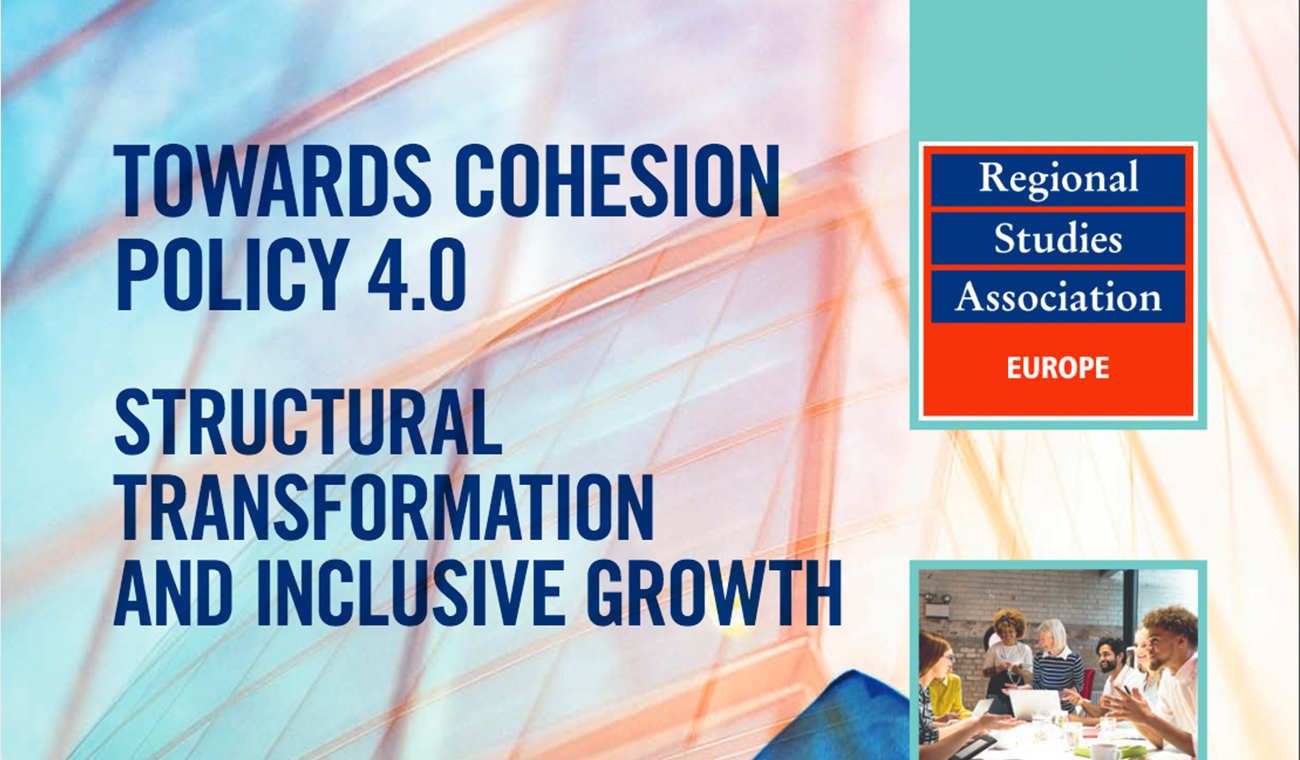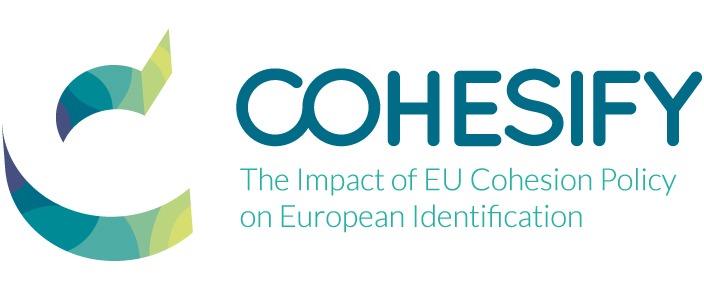
The 2008 Economic Crisis and Entrepreneurship in Europe
June 13, 2017
Rethinking post-2020 Cohesion Policy: structural transformation and inclusive growth
June 26, 2017
Within EU institutions, there is an increasing perception of the need to revisit the European approach to growth and revive the European social model, introducing a stronger dimension of social equity in public policies and increased protection of social rights for EU citizens and residents.
Concerns about interpersonal inequalities, opportunities for all and social mobility are not new in the political agenda of the EU :
- The EU has supported human capital development and access to employment during the past 60 years through the European Social Fund – the first of the Structural Funds, established with the Treaty of Rome. In the current, 2014-20, programme period, the ESF and the required accompanying national co-financing, will invest c. €120 billion in the EU28
- The European Regional Development Fund, established in the 1970s, has historically endeavoured to support job creation in less developed regions and areas facing industrial reconversion. In the current period, it finances investments in the region of €276.8 billion
- The Europe 2020 Strategy (2010) foresees ambitious targets on unemployment and poverty, to be achieved not only through the support of the policies funded by the EU budget but also with the synergic action of Member States’ own policies, as well as institutional and regulatory reforms. The Strategy embodies a shift from the traditional focus on employment and HR development to inclusive growth, placing more emphasis on social policies, and foresees three out of seven ‘Flagship initiatives on: (i) skills and jobs; (ii) youth on the move; and (iii) poverty (European Platform against Poverty and Social Exclusion), with targets monitored as part of the European Semester.
However, there are also some more doubtful features. First, the reliance on the OMC and peer review mechanisms, anchored in the European Semester process, expose the Pillar to uncertainty as to its ability to achieve the intended goals of increased social protection for all EU citizens and residents. The disappointing performance towards the poverty and employment targets of the Europe 2020 strategy demonstrates that effective action cannot solely rely on peer pressure; that institutional and regulatory reforms can only go so far; and, related, that there may be a need for an active EU-wide policy response, if the differences between MSs have to be reabsorbed in a process of upwards convergence on the principles set out in the Pillar. Since the crisis, the European Commission has launched a number of ad hoc instruments and initiatives - the Youth Employment Initiative, Youth Guarantee, and the Investing in Europe’s Youth Initiative ; the European Globalisation Fund ; the European Employment and Social Innovation Programme (EaSI); the Fund for European Aids for the most Deprived (FEAD) – but their scale is minor and their effectiveness is to be demonstrated (see, for example, the recent ECA Special report No 5/2017: Youth unemployment). A second contentious point is that the Pillar is intended for the Euro area. Although other MSs can ‘join-in’ on a voluntary basis, since the Pillar deals with social rights, the differentiation between residents of Euro-area-countries and non-Euro-area-countries is uneasy. Further, the Pillar, by nature, has no territorial dimension. However, the problems that it aims to address and the political consequences of those problems are indeed highly territorialised. Lastly, the future of the Pillar will depend on the wider discussions on the future of Europe, and the agreement to be reached about which scenario – among or beyond those proposed in President Juncker’s White Paper on the Future of Europe – should be pursued in the re-engineering of the Union at 27. As summarised by the Commission in the related Reflection paper on the social dimension of Europe , at one end of the spectrum, the social dimension could be limited to free movement, at the other, convergence of social outcomes could be pursued across the entire EU27 in a Europe that could be ‘doing much more together’.
There are no doubts that the European Pillar of Social Rights represents an important opportunity for the strengthening of social rights in Europe. Amidst contrasting views within the Commission, MSs reluctance to cede policy competences to the EU, and the need to find a suitable balance between competing socio-economic partners and stakeholders (particularly workers associations versus employers’ associations), the launch of the Pillar is in itself to be viewed as a success. Nevertheless, while the importance of this achievement should not be underestimated, there is also a need to debate the scope for more significant, systemic and territorialised EU investments in the spheres touched upon by the Pillar. The ongoing debates on the post-2020 MFF and Cohesion policy represent the opportunity to do so.
There seem to be increasing awareness that ‘economies with less inequality and less inequality of opportunity actually perform better’ and that reducing inequality does not have to come at the expense of economic performance. A key issue for the EU at this time is to capitalise on the momentum generated with the launch of the Pillar, to create wide-ranging consensus and actively pursue the Pillar’s goals with (financial) commitment and determination.
Dr Laura Polverari Senior Research Fellow, EPRC, University of Strathclyde

